|
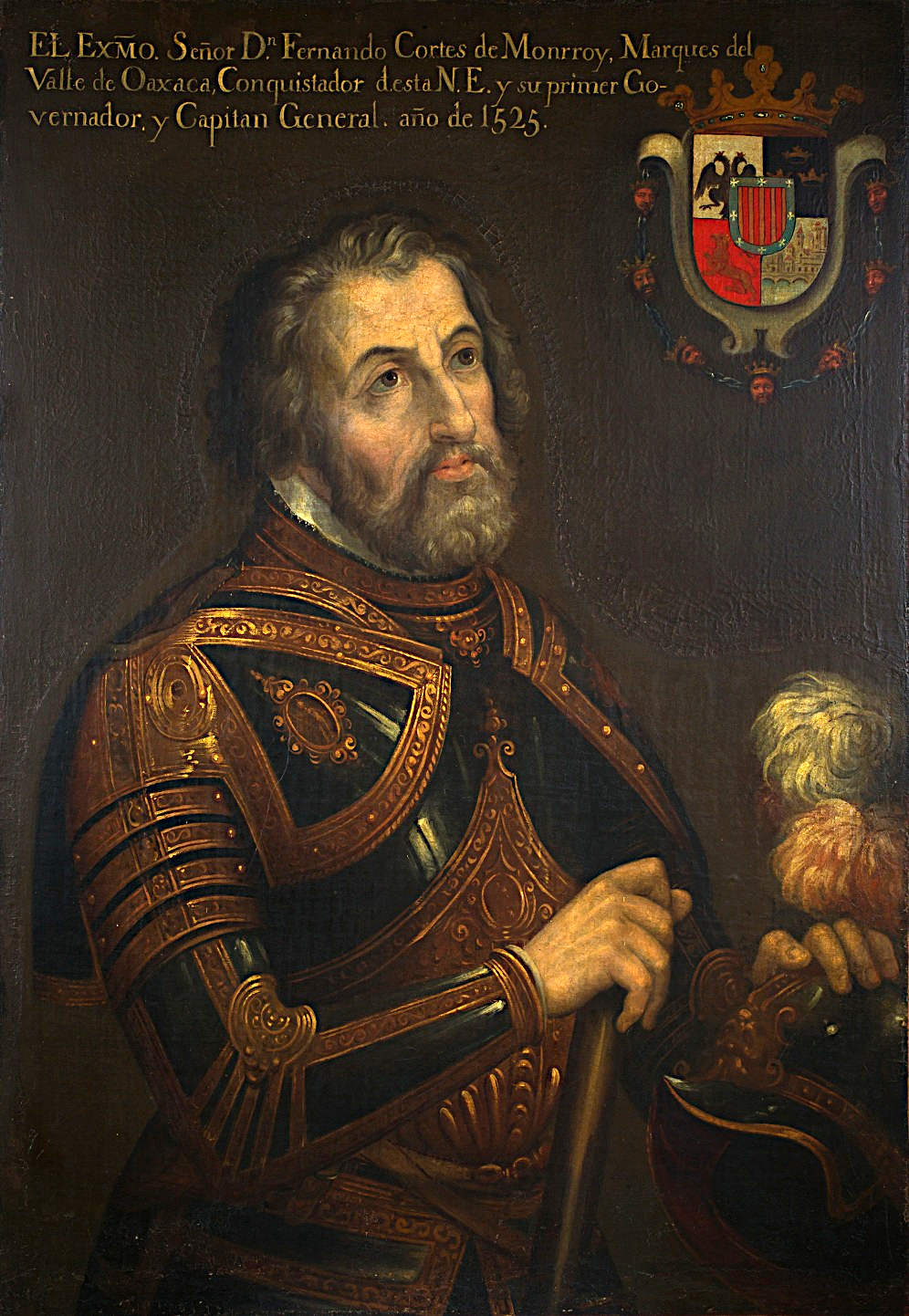
Spanish
Conquistadors were ruthless mercenaries, who murdered thousands of Aztec
natives, for gold. The Aztecs were also bloodthirsty, with rituals involving
live human sacrifices. Spain, like many other European countries at that
time, were keen to establish colonies, from where to export riches to their
European masters. Such a notion, while viable at that time was doomed to
eventual independences, as slaves revolted against their masters.
Legends of lost Aztec gold are some of the oldest in the Americas, originating at the very point of the Spanish conquest.
Where superstitions of ancient curses abound, these tales have inspired hundreds of fruitless quests for a wealth that is said to be beyond comprehension. Tainted by the blood of an emperor and the ruins of an empire, this fortune is believed to be worth
billions in gold, silver and gems. Inspiring authentic episodes of torture, murder and greed, many think this treasure
(if it exists) might now be located in the United States.
It was in 1519 that a force of Spanish conquistadors landed in Mexico. Led by Hernán Cortés, the notorious army consisted of 508 soldiers, 100 sailors, and 14 small cannon. They would write themselves into the annals of history through blood and fire. Seeking to convert the
Aztec population to
Christianity, the men instead descended into an orgy of violence and greed as they laid waste one of the great and ancient cultures of the Americas.
Cortés soon arrived at the outskirts of the magnificent Aztec capital of Tenochtitlán. Legends say that the Aztecs believing that the power shown bythe Spanish displayed could only be divine and Cortés was heralded as the returned god Quetzalcoatl, who is said to be fair haired and skinned. However, most historians now believe this is untrue and at least the Aztec nobility were fully aware that Cortés was no God. Despite this, he was offered the symbolic penacho (headdress) of Quetzalcoatl de Tula, entering the city in military file over the flower-covered causeway from Iztapalapa. The causeway was associated with Quetzalcoatl and the spectacle undoubtedly will have impressed the masses.
The Spaniards were welcomed into the capital and offered gold, emperor Montezuma partially becoming jealous of their reception as he tried to make them go away and keep his power as absolute. Equally, he received word before Cortés that Spanish reinforcements were already on their way, understanding that a
reinforced garrison would be harder to defend against from inside the city. Montezuma was undoubtedly fearful for his own life, yet also fearing the potential destruction of his city. The offering merely caused the Spanish to become greedy for more and Cortés soon placed Montezuma under arrest. The Spanish then began to ransack Tenochtitlán.
The treasure was vast. Legend tells of Montezuma possessing two gold collars and a massive alligator’s head of gold. There were birds made of more gold alongside other sculptures, all encrusted with
precious
gems. There was 100 ounces of loose precious metal, wheels made from both
gold and
silver in different sizes. However, even the discovery of a treasure vault so vast it took three days to divide the loot wasn’t enough for Cortés and his men.
Throughout the coming months, the population of the capital was put to the torture and sword by the colonialists. Hundreds likely died as they tried to gain new information on the treasures of the Aztec empire. The Spanish were allowed a free hand, partly through reverence for their supposed godhood and partly through the legitimate power of the armaments they
wielded. Finally, however, the spell was broken. In May of 1520, the conquistadors massacred thousands of Aztec nobility and warriors during the festival of Toxcatl, a religious ceremony in honor of the god Tezcatlipoca. With the civilians locked inside the main temple gates, the slaughter was one of the worst individual incidents of murder in human history. The massacre sparked a rebellion against the authoritarian rule of the conquistadors.
Besieged by an entire city, the Spanish tried to use Montezuma as a hostage. The gambit failed. The emperor was killed either by the conquistadors or by the Aztec population who had taken to throwing rocks and turned on the cooperating Montezuma, seeing him as a traitor. Realising their occupation of Tenochtitlán was lost, the conquistadors fled. On July 1, 1520, the Spanish made their escape, attempting to do so by stealth. The city was alerted, however, and the Aztecs attacked the fleeing Spanish, forcing them to dump their massive plunder into Lake Texcoco. It is said the bodies of the Spanish were piled so high that you could walk across the canals on their backs. Poetically, some of the Spanish were so greedy to retain their plunder that they refused to discard it, the metal in their pockets sending them to watery graves as they drowned in the canals. The night became known as La Noche Triste.
In English: The Sad Night.
Where the treasure ended up following that night in Tenochtitlán has remained a mystery, with many believing that it stayed precisely where the conquistadors dropped it, still lying beneath the mud at Lake Texcoco. Many attempts to recover the gold have been made by both private
treasure hunters and local authorities, all ending in failure.
In 1521, Cortés returned to the city and retook it, capturing the new emperor Cuauhtémoc and torturing him into revealing where the treasure had gone. Despite holding him over a
fire, Cortés couldn’t get him to expose more than a handful of gold, the emperor insisting the wealth was all gone. Torturing anyone who the conquistadors believed had information, they discovered the treasure had allegedly gone north and been deposited in a lake. Cortés is said to have searched 5,000 lakes in his quest to recover the gold, finding nothing. Despite these claims, some believe the Spanish did eventually recover some of the gold from the irrigation channels. These claims suggest that they tried to ship their loot back to Spain and the treasure was probably lost at sea.
MODERN
TIMES
In 2019, evidence to support the theory that the gold never left Mexico was revealed when archaeologists confirmed that a gold bar found in 1981 was from Montezuma’s treasure. Discovered by a construction worker in
Mexico City, the immense gold bar weighs 4.25 lbs and is believed to have been on the route taken by Cortés out of Tenochtitlán. Researchers at Mexico’s National Institute of
Anthropology and History (INAH) and the National Autonomous University of Mexico (UNAM) analysed the bar. They noted that the composition of the gold matched other relics recovered from Tenochtitlán’s main temple.
One legend told in Costa Rica says, however, that Aztec high priests knew too well that Cortés and his conquistadors would be back soon enough. Understanding they were outgunned, the priests exhumed the body of Montezuma and began a mass exodus from their capital. 2,000 Aztecs marched north in search of their ancestral home of Aztlan, believing that would be safe from the colonialists. On this journey, they took all the great treasures of the Aztec civilisation. These included those that had been discarded on La Noche Triste. The procession marched north-west until they reached a mountain of seven caves known as Chicomoztoc. The seven caves of the Chicomoztoc represents the birthplace of seven Aztec tribes. Knowing they were safe, the slaves were put to the sword, and the treasure was buried.
Some have theorised that the seven caves are located in seven different locations and link this with Francisco Vázquez de Coronado’s quest for the Seven Cities of Gold. This pursuit may indicate the conquistadors never recovered the treasure.
In 1527, the Narváez expedition set out to establish colonies and garrisons in Florida, with the endeavour ending in disaster as only four men survived from an initial number of 600. These four included Álvar Núñez Cabeza de Vaca and a slave by the name of Esteban Dorantes. Returning to New Spain, the survivors told tales of great cities and riches, and Coronado set out to find the fabled Seven Cities of Gold that were seemingly located across the New Mexico desert. Coronado discovered that there were no gleaming cities, and there was no gold. However, it is said that indigenous communities in the region still talk of the thousands of strangers carrying an immense wealth long ago.
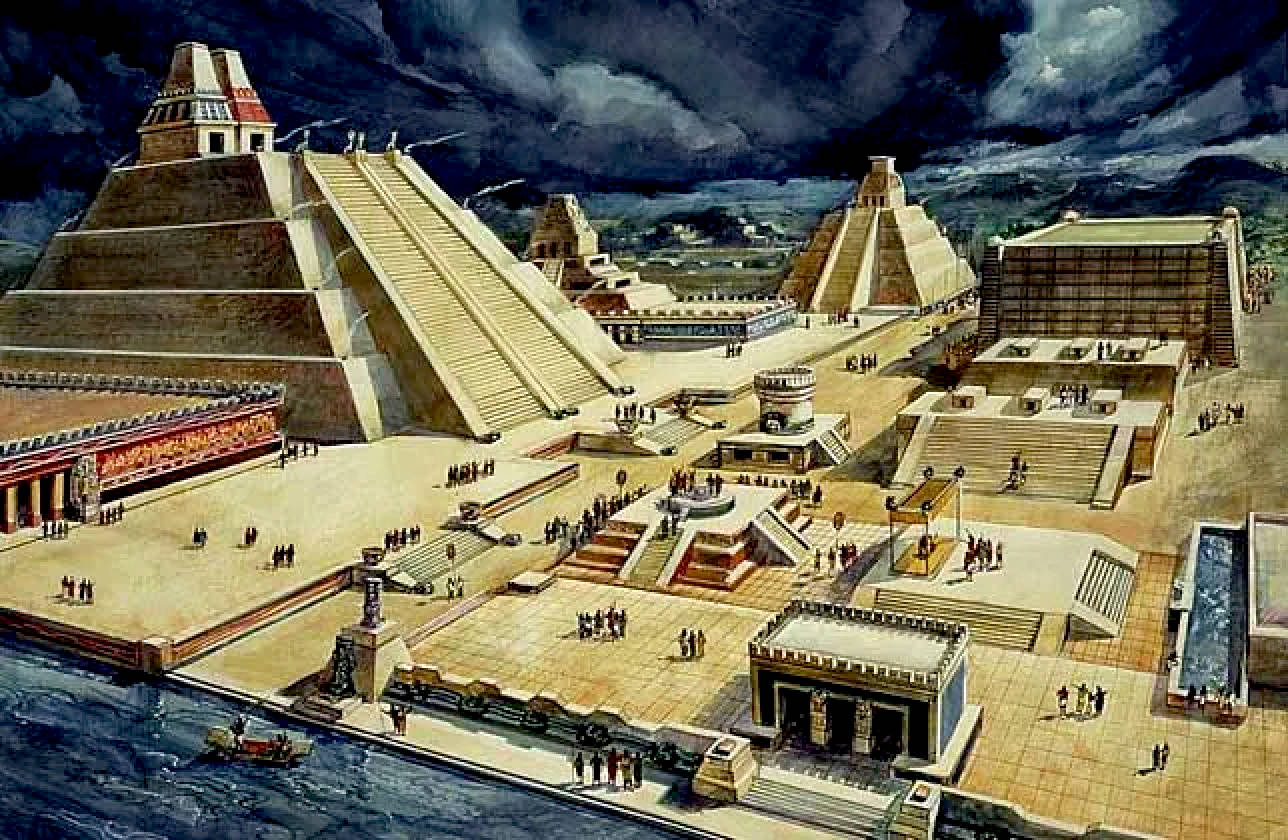
Artists
impression of the city of Tenochtitlán
THE
GRAND CANYON
Some believe that this legend indicates the treasure made it’s way out of Mexico entirely, with one claim from the archaeologist Thomas Gann suggesting that the myth of the riches headed north was likely false. Gann believes that instead, it is far more likely to have headed south into Guatemala. However, many believe the legend as it is told and see the treasure as being located in the south-west United States, with the Grand Canyon, Utah and Arizona featuring most prominently in the legends.
It was in 1867 that James White succeeded in passing through the rapids of the Grand Canyon, having strapped himself to a raft of three logs. His desperate journey had been forced upon him after his prospecting party was attacked by natives in western Colorado. After coming ashore at the Mormon farming settlement of Rioville, White remembered having taken shelter in a cavern a week into his ordeal. The inadvertent castaway claimed inside the cavern he had seen golden relics, huge idols and both
silver and gemstones in abundance. After his tale became public knowledge, a local journalist showed him pictures of Aztec artefacts, and White confirmed the similarity. While the memory may have been an illusion of a man dying of thirst and hunger, interestingly he claimed to have never seen anything like it before and refused to ever accompany an exhibition to locate the cavern.
The tale would’ve been long forgotten if it hadn’t appeared again in 1902 following another near tragedy. Jake Johnson, a desert prospector, was working alone in the badlands south of St. George, Utah when he broke his leg. Suffering from exposure, Johnson was near death when he was found by members of the local Paiute tribe. Johnson was nursed back to health and one evening when out hunting, he saved the life of a young woman from a mountain lion, becoming like a brother to her warrior companion. One evening, around the campfire, the warrior spoke of a local treasure.
The native told of how legends of his people spoke of a large party of men who had come that way with slaves and containers full of gold and jewels. The big group entered the Grand Canyon and existed at the south rim without the gold. The slaves were killed, and half the men stayed on guard. Eventually, these Aztecs integrated into the local tribes when their companions failed to return. The location of the gold was still known to the Paiute, and the young warrior stated that it must never be known to outsiders as the legend said that it would spell the end of the Paiute if it were ever lost.
Of course, he then agreed to show Jake Johnson the cave. Johnson told his brother, and both men met with the warrior in September of 1903, an agreement made that they may remove as much treasure as they could carry in exchange for Johnson’s good deed. The men were blindfolded and taken a day south of Pipe Spring before going the rest of the way on foot. Entering some volcanic caves, the party descended and joined an underground cavern. Inside was riches beyond compare, just as James White had declared 40 years prior. Returning home, the men sold their treasure for $15,000, $450,000 in today’s currency.
Like Cortés before them, the men were not satisfied with their haul and began to look for the cave without the help of the Paiute, intent on taking everything. Struggling, they published their story in the
Salt Lake Mining Review and caused a gold rush. It was all in vain, however, and neither the gold nor the cavern was ever found. Since that time, the Hoover Dam has completely changed the geography of the area. Many believe that the cavern, if it existed, is likely under the waters of Lake Mead.
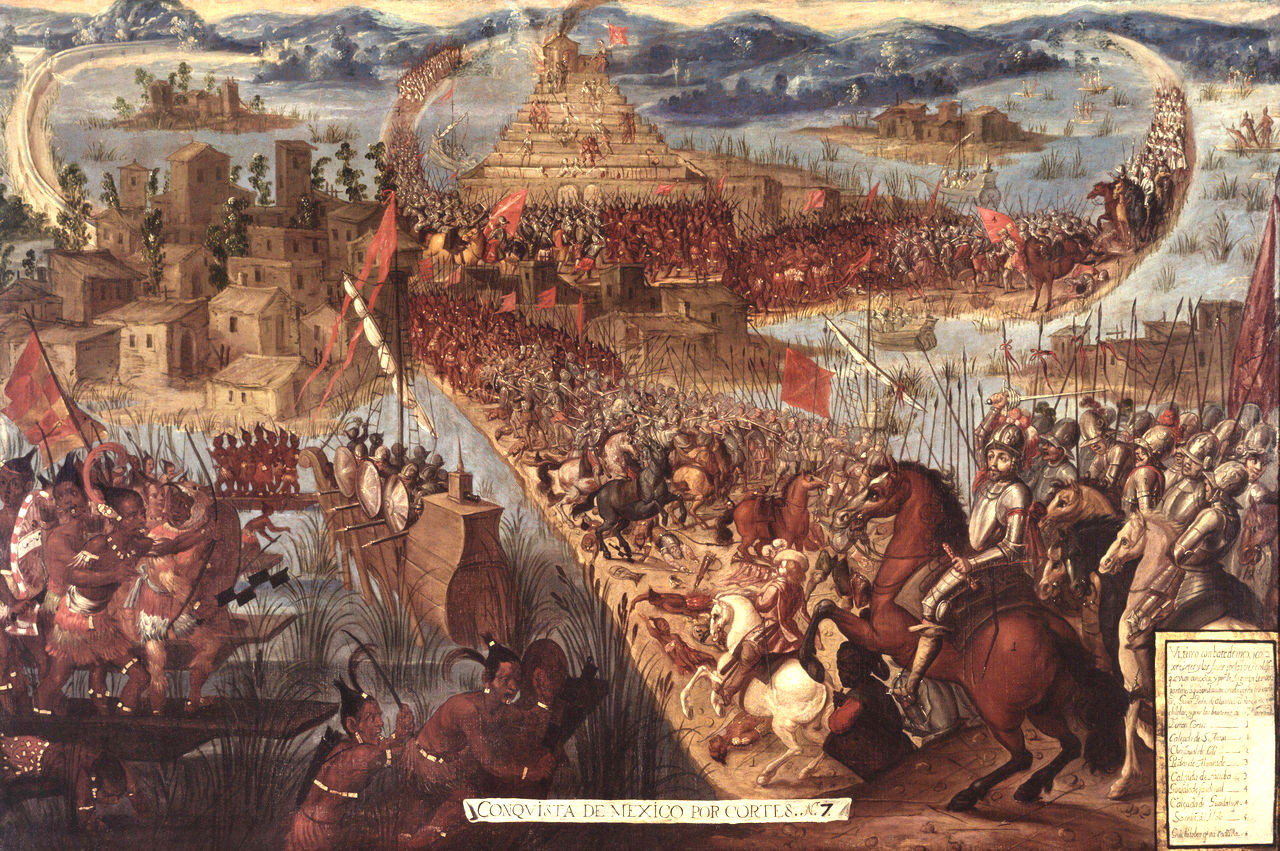
The
Spanish laid siege to the Aztec city of Tenochtitlán, driven by gold fever
and dreams of conquest.
FREDDY
CRYSTAL
Those who favour a Utah resting place highlight the legendary 1920 hunt of Freddy Crystal, a miner and treasure hunter. Crystal was allegedly in Mexico City and searching an old church when he discovered a document. Written by a Spanish monk, the manuscript dated back to the time of the fall of Tenochtitlán and contained a map that had seemingly been obtained from one of the Aztec porters by way of torture. Conveniently, the document revealed the Spanish had failed to get the treasure as they were unfamiliar with the geography of the United States.
Crystal, however, knew the area well, having spent time in Utah inspecting petroglyphs on the walls of the canyons there. He had already believed the treasure was in Utah long before travelling to Mexico and finding the map through his amazingly good fortune. The treasure seeker made his way to Johnson Canyon and found more petroglyphs in the area, eventually coming across a set of ancient steps at the White Mountain. Making his way up the steps, Crystal found a sealed tunnel which he broke into, discovering blue limestone blocks that were not native to the region. He made his way to the local town of Kenab and recruited assistance in an excavation, prompting much of the
population to aid his effort. Such was the secrecy of the endeavour, the town council banned the word “treasure” from being said in public.
Travelling 20 miles with tools, food and
water, a significant effort was undertaken to dig out the gold. The frenzy led to much of the mountain being pockmarked by shafts, tunnels and piles of spoils, covering the area in tons of rock, dirt and detritus. After three years of excavations, no gold was found. Some believe that the treasure had, in fact, been located at the base of the White Mountain all along. Consumed by his failure, Freddy Crystal seemingly vanished into thin
air.
The story of Freddy Crystal and the Utah Aztec gold rush came to national prominence in October of 1948 when Maurine Whipple wrote a notable article on the affair that appeared in The Saturday Evening Post, quickly spreading to other media outlets. Most retellings of the tale are based on the original article by Whipple, with embellishments such as booby traps and relics.
In his 1982 book Lost Mines and Buried Treasures Along the Old Frontier, the historian and treasure hunter John Mitchell revealed that during the Mexican-American War, an aristocrat by the name of Don Joaquin had Apache slaves dig at the Sierra Estrellas, a mountain south-west of Phoenix, Arizona. Before Don Joaquin could make off with the treasure, an intervention by the US Army led to a revolt amongst the slaves, and the Mexican contingent were forced to rebury the prize at Montezuma’s Head. One man survived to tell the tale and attempted to recover the treasure in the 1880s, failing as the area was still controlled by the Apache.
There are many other locations suggested for the treasure, with Casa Grande, and Montezuma Castle in Arizona being mentioned alongside locations as far apart as the Superstition Mountain Range in San Diego, Del Rio in Texas and even Illinois and Kentucky.
While we can never discount men’s ability to tell a tall tale and tendency to embellish the past and their own histories, the commonality of the stories of the Aztec exodus north is undoubtedly intriguing. Yet, stories and legends are all they genuinely amount to, with no verifiable proof that a single nugget of Montezuma’s gold ever left Mexico. On the contrary, archaeologists have found concrete evidence that at least part of the treasure was still to be located in Mexico City. But one bar doesn’t make a hoard, and there are still billions in lost gold unaccounted for. Whether this wealth was reclaimed by the Aztecs, lying undisturbed for centuries, or plundered like so much besides, the legend of Montezuma’s lost gold is one that will thrill readers and treasure seekers alike for many centuries to come. Yet, it comes with the solemn lesson that greed is always
time consuming, foolhardy and often deadly.
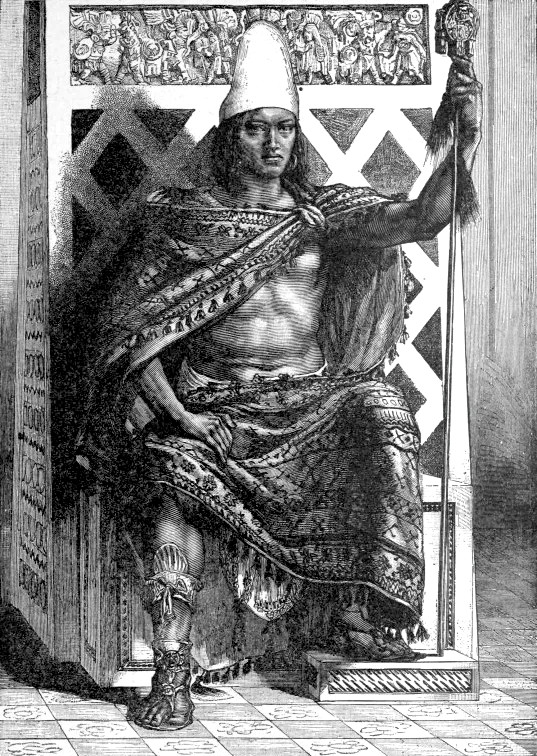
Montezuma
HENRY
MORGAN
Then
we come to Captain
Henry Morgan and the sacking of the Spanish fort at Panama. We know as a
solid fact, that gold and other treasures were loaded onto a mule train, and
loaded into his ships, with the notorious privateer, abandoning his men and
taking all of that haul for himself.
As commander of buccaneers in 1668, Morgan captured Puerto Príncipe (now
Camagüey),
Cuba,
and - in an extraordinarily daring move - stormed and sacked the well-fortified city of Portobelo on the Isthmus of Panama. In 1669 he made a successful raid on wealthy Spanish settlements around Lake Maracaibo on the coast of Venezuela. Finally, in August 1670, with 36 ships and nearly 2,000 buccaneers, Morgan set out to capture
Panamá, one of the chief cities of Spain’s American empire. Crossing the Isthmus of Panama, he defeated a large Spanish force (January 18, 1671) and entered the city, which burned to the ground while his men were looting it. On the return journey he deserted his followers and absconded with most of the booty.
Undoubtedly,
the booty, originated from Aztec gold. Maybe not the vast hoard hidden from
the Conquistadors, but certainly a portion of it.
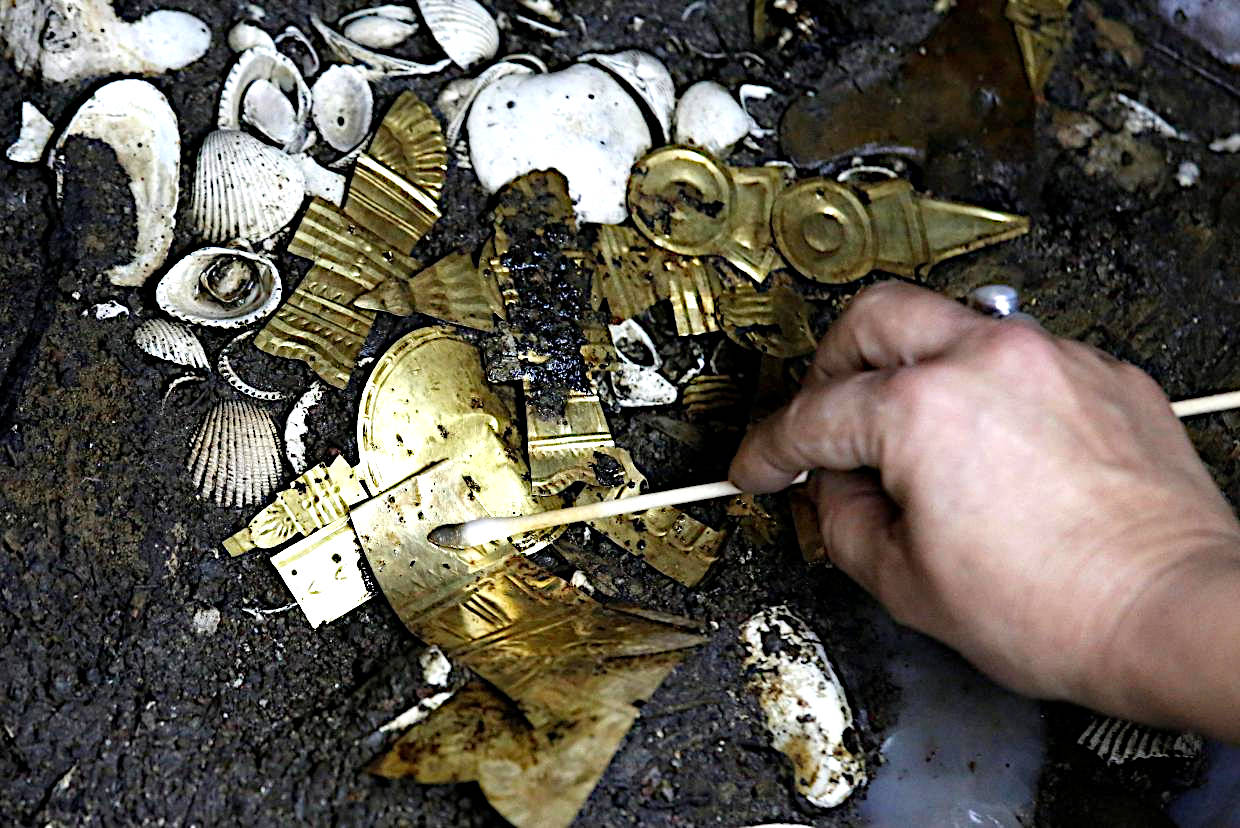
It's
a mystery how this gold survived the Spanish Conquistador's
SACRIFICIAL
WOLF - THE SUN 8 JULY 2017 - CURSE OF THE AZTEC GOLD
Mystery as haul of Aztec gold used in gruesome sacrifice is dug up in Mexico City after being lost for 500 years. Sacrificed wolf missing its heart was found next to stunning haul of 22 golden ornaments.
A WOLF which had its "heart ripped out" more than 500 years ago in a gruesome sacrifice before being draped in stunning Aztec gold has been uncovered in Mexico City.
This trove was found buried next to one of the Aztec's holiest shrines - now known as the Templo Mayor - in the capital's bustling main square Zocalo.
A creepy tower packed with more than 650 human skulls, including women and children, caked in lime has also emerged at the chilling site.
Archaeologist Leonardo Lopez revealed the eight-month-old animal was killed in the early 16th century and dressed in 22 gold ornaments and a belt of shells from the Atlantic Ocean, before being placed in a stone box by Aztec priests above a layer of flint knives.
The fascinating haul included a nose ring, a chest plate and symbol-laden pendant made from sheets of precious metal, according to Reuters.
After the Spanish conquered Mexico in 1521, the 15-storey former Aztec temple was razed along with the rest of their capital Tenochtitlan.
Lopez said 205 offerings have been uncovered over nearly four decades of excavations near the temple, but only 16 contained gold.
"These are, without a doubt, the largest and most refined pieces of gold discovered so far," he added.
The Aztecs, who called themselves "Mexica," prized gold, though nearly their entire supply was looted by the Spanish and melted into bars for easier transport to Europe.
Aztecs believed wolves could guide fallen warriors across a dangerous river in the netherworld.
The west-facing sacrificed beast represented Huitzilopochtli, the Aztec war god and solar deity.
It was buried during the 1486-1502 brutal reign of King Ahuitzotl who extended his empire to present-day Guatemala.
Lopez said tests on its ribs will be needed to confirm his theory that the animal's heart was torn out as part of the sacrifice, just as captured warriors were ritually killed on blood-soaked platforms of Aztec temples.
But he insisted: "These people didn't just kill these things, they didn't just kill people and throw them away.
"They took elaborate, symbolic care for them because they knew that the presence that they represented, the presence of god, had to be nurtured."
Builders working on a new shopping centre uncovered an ancient Aztec temple and human bones in the north of Mexico city last year.

STORM
BY NAME, STORMY BY NATURE - Only two people knew where Henry Morgan's
golden hoard was stashed, and they are both in Davy Jones Locker.
Blackbeard was tortured to death by a British officer, trying to extract the secret,
Henry Morgan died of a heart attack in Jamaica.
John Storm discovers the location, but refuses to tell, even in the International Court, where
Hague prosecutors try every trick in the book to make him talk.
The
best known golden treasures are Doubloons, Guineas and Sovereigns. Other
forms of transportable money are diamonds, rubies and
emeralds. In this fictional John
Storm adventure, Henry Morgan is the pirate who liberated the gold the
Spanish had stolen from the Aztecs. And Blackbeard
is the pirate who knew part of the secret location, that he took with him to
the grave.
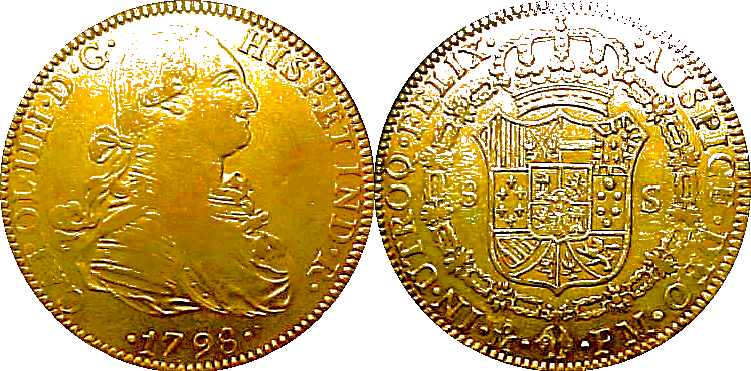
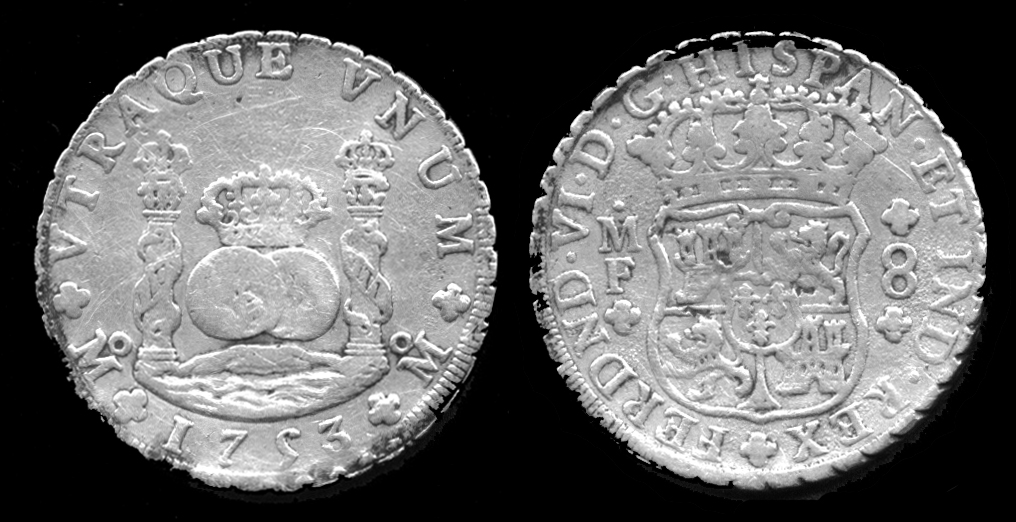
Treasure
Island was written by Robert Louis
Stevenson, becoming an instant hit,
popular with children and adults, the subject of many films and graphic
novels.
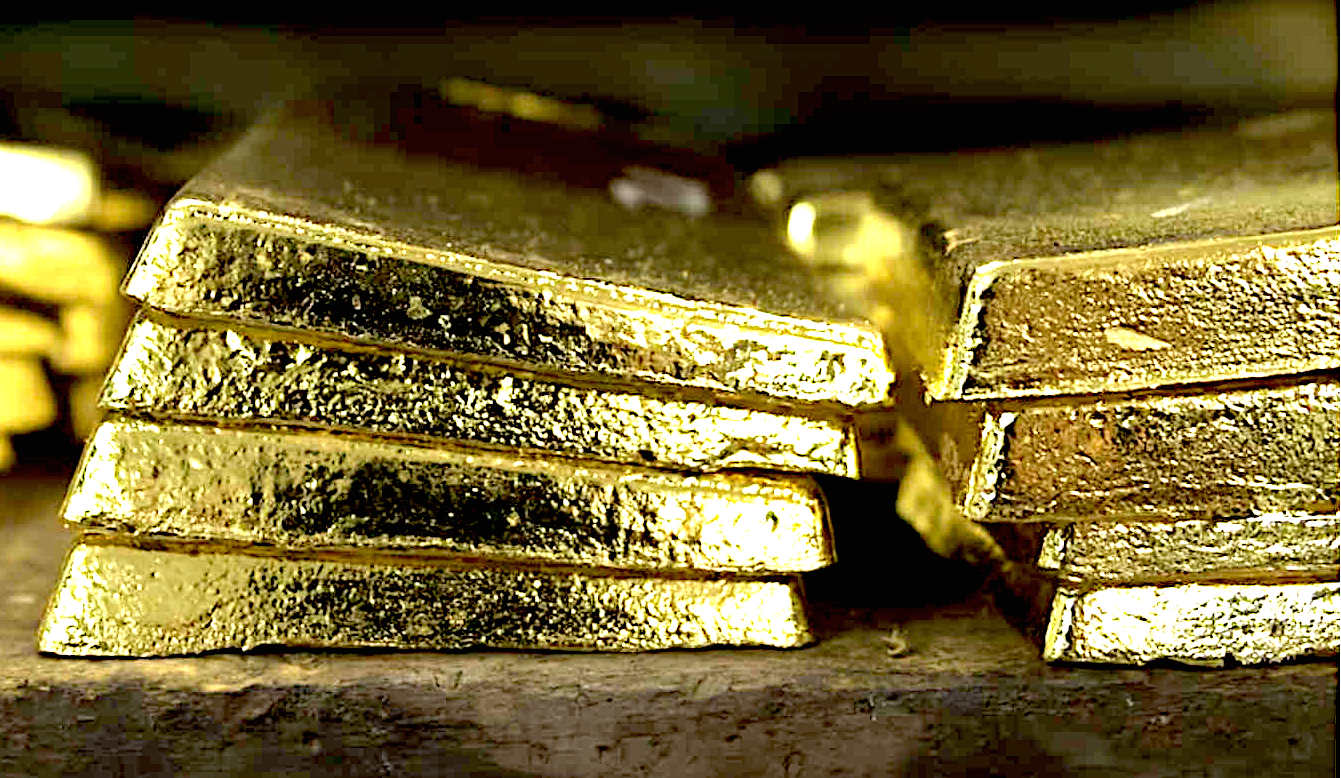
When
food shortages and the energy crisis really begins to bite, only gold,
silver and gemstones will be worth anything, by way of savings and pensions.
Banks who trade in real coin of the realm, are the only ones who will be
trusted in the future. Coins could soon make a comeback. The good news is
that countries do not need to mint their own. Anyone can produce a quarter
ounce dollar, based on the value of gold itself, rather than what any nation
says it is worth. We'd suggest that gold is index linked to food, timber and
other essential commodities.
|








